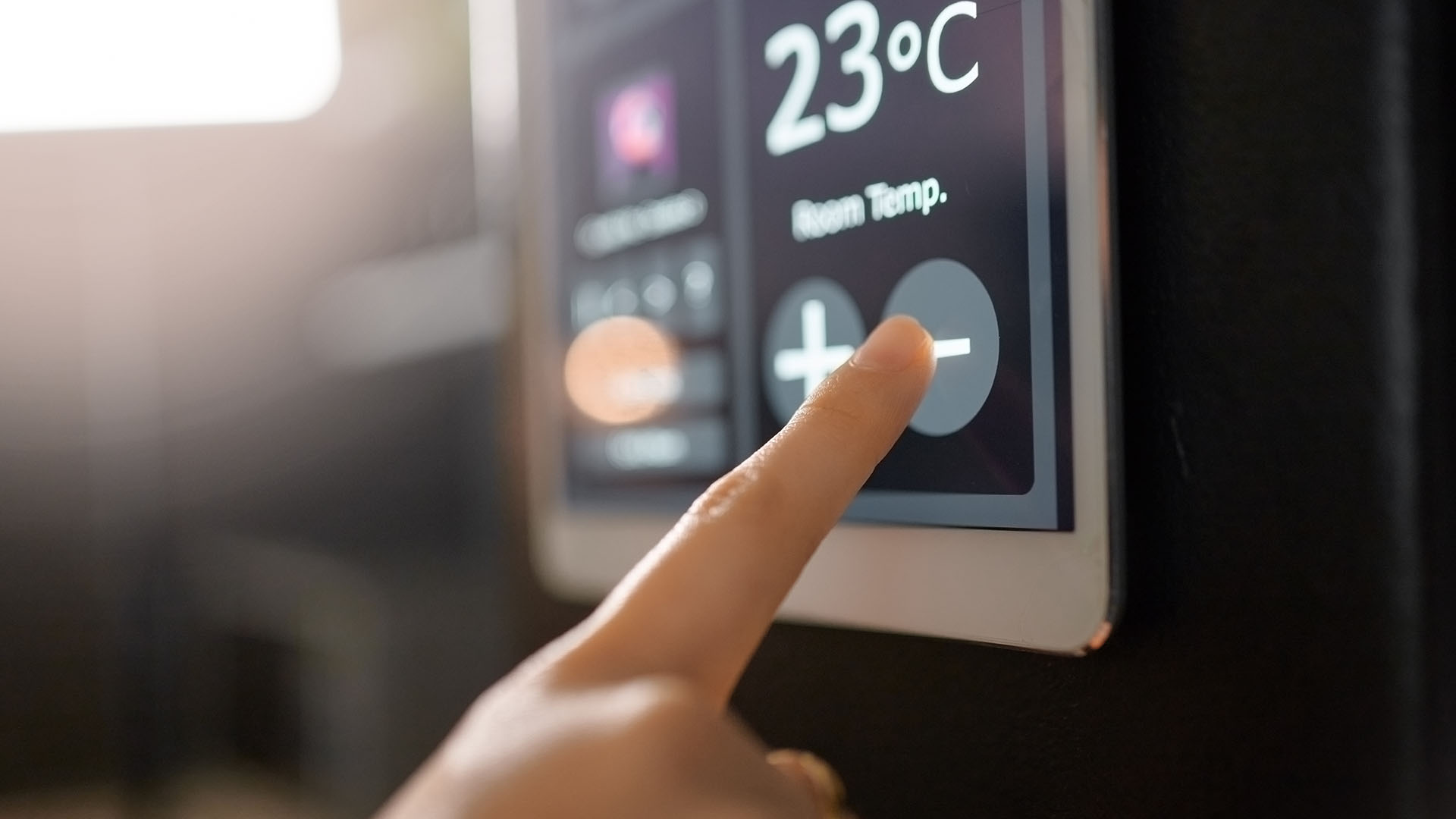Published by
The Internet of Things comprises devices that can communicate with each other and collect and share data via the internet. The IoT has already made a big impact in both industrial and consumer marketplaces via a variety of technologies, ranging from predictive maintenance systems in factories to connected appliances in kitchens.
Consumer-use IoT devices, as well as systems that impact the customer experience, may soon be even more widespread and functional, contributing to enhanced convenience, safety and entertainment in homes and public spaces. Even as the marketplace benefits from new developments, however, it’s essential to keep IoT technology’s limitations and potential downsides in mind. Below, 20 members of Forbes Technology Council discuss the devices they believe are poised to make a big impact in the consumer-facing IoT market and what the results of these new marvels may include.
1. Light-Enabled Health Monitoring Devices
Light-enabled health monitoring devices are set to revolutionize the healthcare industry in the next five years. These devices provide personalized health insights and real-time monitoring, empowering consumers to take control of their health and wellness. With proactive healthcare management on the rise, these devices will offer consumers a convenient way to stay on top of their health. – Dr. Pramod Kumar, QuantLase Laboratory
2. Mobile Voice Assistants
With an aging population, a mobile voice assistant such as Amazon’s Astro could become a sort of robot companion, especially with the integration of large language models that could give it a bit more personality. I’m surprised at how well people remember our Astro after they have met it and that they ask if it has any new features. Being able to remotely check in on your aging parents is also a huge benefit for family members, creating a low-friction method of video communication. – Luke Wallace, Bottle Rocket
3. Safety Cameras
IoT cameras are now everywhere. In the next five years, I expect these cameras to evolve from one to two—that is, to become stereo vision cameras—to capture the actual 3D geometry of a scene. This will open new applications, such as monitoring for rock slides on train tracks; enhancing safety on construction sites, where people work alongside construction machines; and replacing outdoor safety lidar. – Leaf Jiang, NODAR, Inc.
4. Autonomous Connected Vehicles
Autonomous, connected vehicles such as self-driving cars present risks, and it’s not only cars we need to learn to control virtually and securely, but also flying vehicles. Flying taxis are expected to launch in Abu Dhabi and Dubai as early as 2025. Typically operated in the public cloud using custom-built applications, autonomous vehicles require robust security, industry collaboration and standards to mitigate unauthorized access, data breaches and more. – Tony Velleca, CyberProof
5. AR And VR Headsets
Augmented and virtual reality headsets are poised to revolutionize the consumer market. Innovations, including the Meta Quest 3 and Apple Vision Pro, offer boundless work, play and educational applications. However, the significant cybersecurity risks must not be overlooked amid excitement about their potential. Apple released its first security update for Vision Pro two days before the headset’s official launch. Proactively addressing cybersecurity risks will ensure adoption and safe usage as AR and VR devices become more integrated into daily life. – Parvinder Walia, ESET
6. Smart Payment Terminals
In the fintech realm, one impactful IoT device on the horizon is the smart payment terminal. These devices integrate IoT technology to offer seamless, secure and contactless payment experiences for consumers and businesses alike. They enable merchants to accept a wide range of payment methods, including contactless cards, mobile wallets and QR codes, and their use can help retailers with processes including inventory management, customer analytics and loyalty programs. – Deepak Gupta, Cars24 Financial Services
7. Sensors
Sensors are shaping up to be major components in the consumer IoT infrastructure. As a data source, they already play an integral role in the commercial sector, with the consumer market following suit. Sensors benefit from having universal applications, as they provide data that allows everyday items to gain smart functionality. – Dan Drogman, Smart Spaces
8. Digital Twins
In the healthcare and manufacturing sectors, digital twins and intelligent monitoring will revolutionize the IoT. Real-time digital reproductions generated by sensors and artificial intelligence will enhance machine health monitoring, predictive maintenance and health insights. Using AI and the IoT, machine learning and image identification will improve inventory monitoring and industrial efficiency and enhance smart manufacturing. – Narender Chinthamu, WESCO International
9. Inventory Management Systems
AI-driven inventory management systems hold potential for both consumers and businesses. These IoT devices use machine learning algorithms to optimize stock levels, predict demand patterns and streamline supply chain operations. Consider a future smart fridge as an example: It learns when milk is running low (stock), predicts when to replenish (demand) and autonomously places an order (supply). These principles aim to enhance overall operational effectiveness. – Muhi S. MajZoub, OpenText
10. Home Security Systems
Smarter home security systems are one area that the IoT will revolutionize, thanks to the ease of remote monitoring and control via smartphone apps. Devices such as smart cameras, biometric locks, video door entry systems, fire and smoke detectors, motion detectors, connected switches, and control panels create a robust security ecosystem. These systems provide accessibility, scalability and flexibility. – Mohan Subrahmanya, Insight Enterprises
11. Smart Home Assistants
Smart home assistants integrated with advanced AI capabilities are poised to make a significant impact in the consumer marketplace within the next five years. These devices will offer enhanced personalization, seamless connectivity with other smart devices and improved functionality, ultimately transforming how people interact with their homes and technology on a daily basis. – Mohit Gupta, Damco Solutions
12. Home Energy Management Systems
The IoT device that can make a huge impact in the consumer marketplace is the smart home energy management system. These systems play a crucial role in increasing sustainability, decreasing costs and refining energy usage. Faced with the rise of environmental challenges, consumers will soon increasingly adopt these systems to monitor and control their energy intake. – Aditya Malik, ValueMatrix.ai
13. Environmental Monitoring Clothing
We are starting to see an increase in the demand for products that support health and wellness. I think we will see devices such as wearable suits that monitor various physiological and environmental factors, including posture, hydration, stress levels and air quality. They will provide real-time feedback and suggestions for maintaining overall well-being, promoting a healthier and more balanced lifestyle. – Avani Desai, Schellman
14. Drones
Over the next five years, drone technology will soar to unprecedented heights in the consumer market. From capturing breathtaking aerial footage to revolutionizing package delivery and emergency response systems, drones are set to redefine accessibility and functionality in ways we’ve only begun to imagine. – Sandro Shubladze, Datamam
15. Job Recruitment Systems
In the near future, the IoT will revolutionize how we review and source talent. Picture a gadget that not only tracks job applications, but also analyzes market trends, predicts skill demand and even suggests potential candidates. This would revolutionize recruitment by enabling smarter, more targeted candidate searches. – Gergo Vari, Lensa, Inc.
16. Smart Gardening Systems
Smart gardening systems leveraging IoT technology will significantly impact the consumer market. These systems automate watering, monitor soil conditions and optimize sunlight exposure through real-time data, making home gardening more accessible and efficient. With increasing interest in sustainability and home-grown food, these will rise in popularity for sure. – Indiana (Indy) Gregg, Wedo
17. Biofeedback Headbands
An immersive biofeedback headband could revolutionize various aspects of life. It offers real-time stress management, personalized fitness routines and optimized learning by integrating with brainwaves, heart rate and muscle tension. Its potential positive impact on healthcare, education, entertainment and accessibility is undeniable. – Shelli Brunswick, SB Global LLC
18. Indoor Farming Systems
IoT-based indoor farming systems will make a big impact by enabling consumers to grow their own produce at home, regardless of climate. Automated controls for climate, nutrients and growth will meet demands for sustainable food sources, enhance food security and promote healthy eating in urban areas. – Andrew Blackman, EZ Cloud
19. School Security Robots
Robots have a fantastic capacity to provide both security and function. A key area of focus should be school protection. Robots with vision, AI, communications and proximity tools can react to warn and potentially stop bad actors who try to enter a school. Robots working with drones and other sensing devices could monitor and foster a more secure environment. Protecting our kids at school is the best use case for the IoT. – Jim Parkinson, North American Bancard
20. Indoor Location Technologies
Location technologies, such as GPS, have transformed the way we navigate our world and become a ubiquitous part of our daily lives. Yet, we spend most of our time indoors! Ultra-low-power indoor location technologies, such as ultra-wideband (used in the Apple AirTag), are poised to transform the way we navigate our homes, buildings and cities. They will affect a variety of activities, from how we shop to how we track people and assets. – Paul Moutzouris, Ingenuity Design Group
Share:
Categories
tags
Related Posts

AI and the Future of Restaurant Hospitality

The Value of Agency Project Managers


